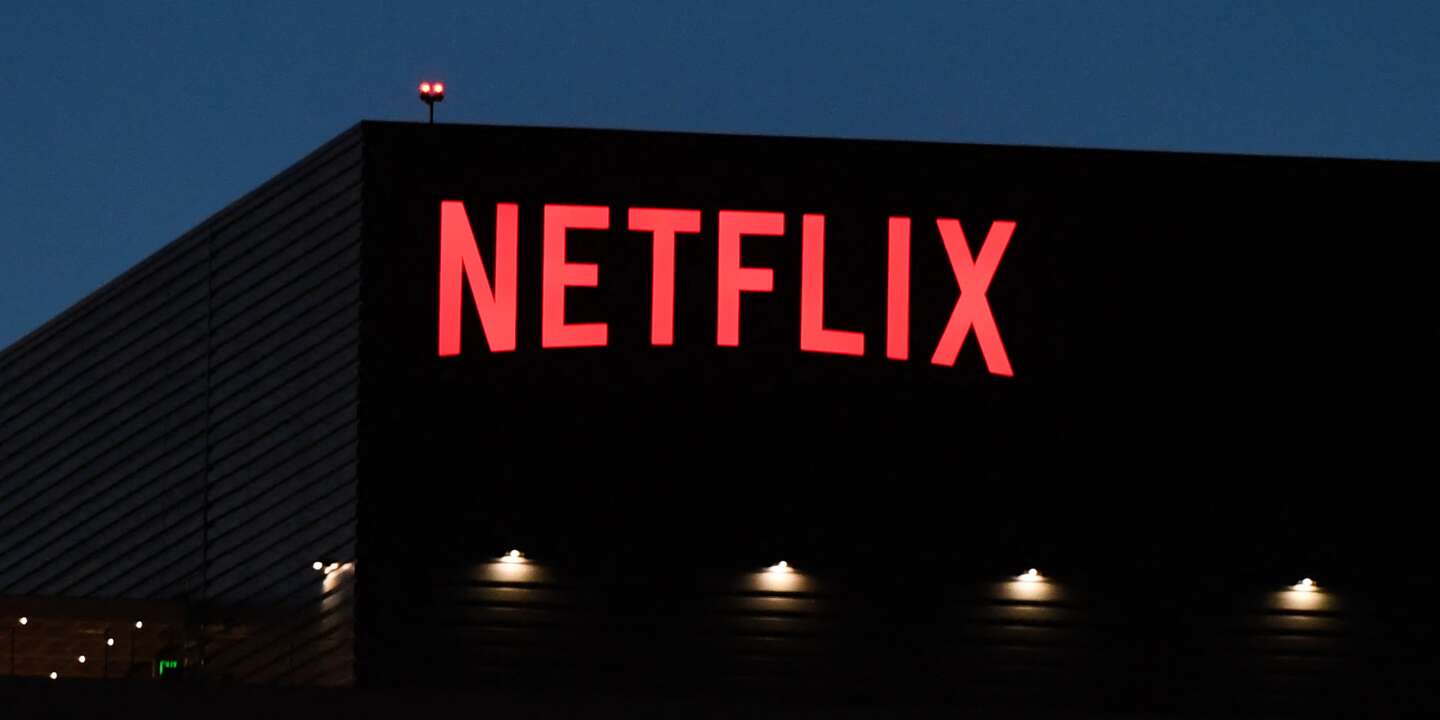Netflix is in the midst of a storm. After the announcement of declining subscriptions, the streaming platform is now facing complaints from shareholders who believe they have been deceived. According to the latter, in the press release they published on Tuesday, January 4, the Californian group made statements “false and/or misleading” and hid certain information.
The investors, whose complaint was filed on May 3 in the San Francisco federal court, notably accuse Netflix of not having said that “subscriber acquisition growth was slowing, due to, among other things, account sharing among multiple customers and increased competition from other streaming services”.
Netflix announced on April 19 that it had lost 200,000 subscribers worldwide in the first quarter compared to the end of 2021, a first in more than ten years. On the stock market, the company’s share price then fell “more than 35%, to end at 226.19 dollars on April 20”note the lawyers responsible for the class action.
Increased and varied competition
The streaming giant, which expects to lose even more subscribers in the spring, has planned to tighten the screw on the side of shared identifiers and passwords, which allow many people not to pay the access to the platform. It had already announced in March that it was conducting tests in Chile, Costa Rica and Peru to charge its customers for adding additional accounts to their profile.
But in its first-quarter forecast, Netflix had expected to gain an additional 2.5 million subscribers – and analysts were expecting even more – hence the shock of the loss.
It was partly caused by the suspension of service in Russia after the invasion of Ukraine, which resulted in a net loss of 700,000 subscribers. “Without this impact, we would have had 500,000 additional subscriptions” compared to the fourth quarter of 2021, Netflix clarified on April 19.
In all, the platform has 221.64 million subscriptions. She regularly mentions, during the quarterly results, the competition from other services, but also that of indirect competitors, applications like TikTok to video games.






